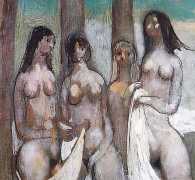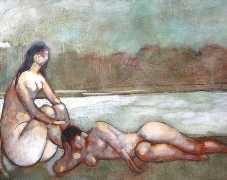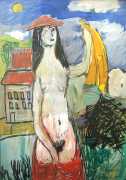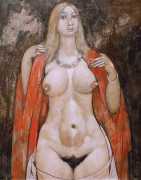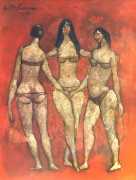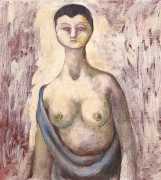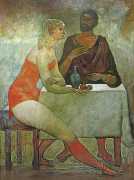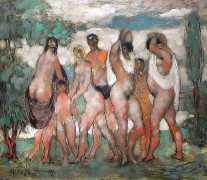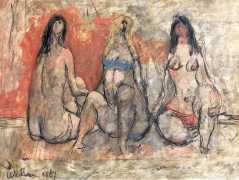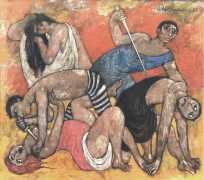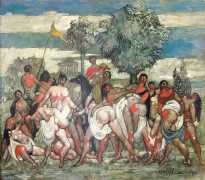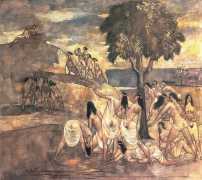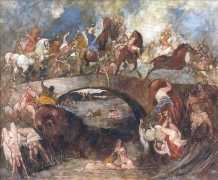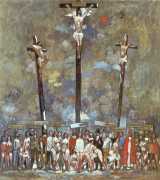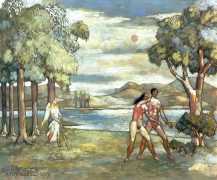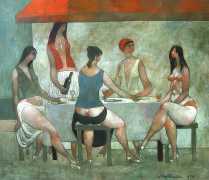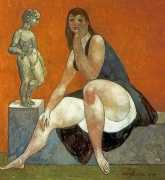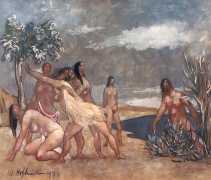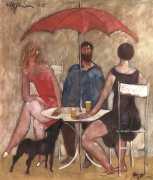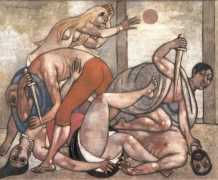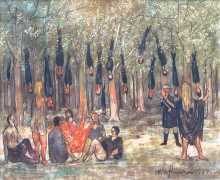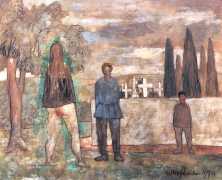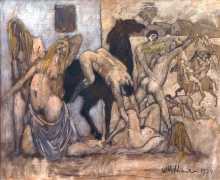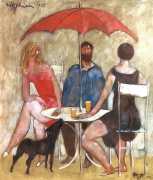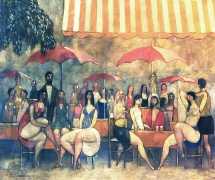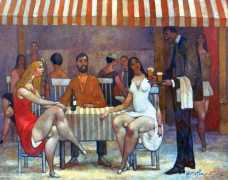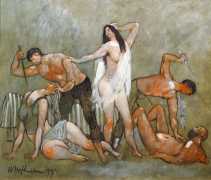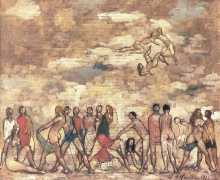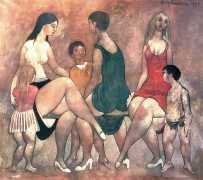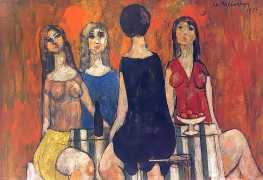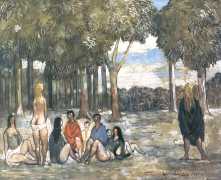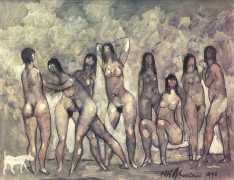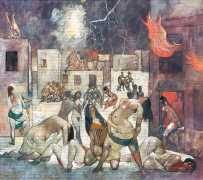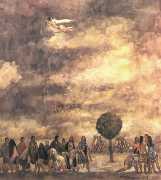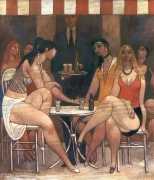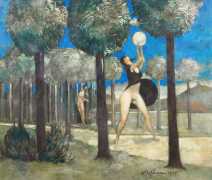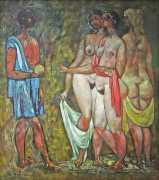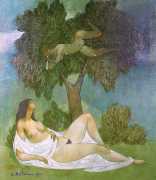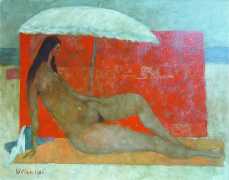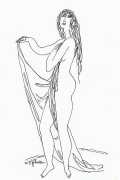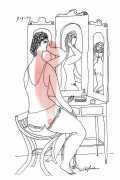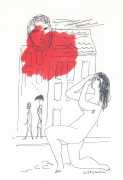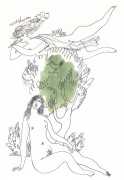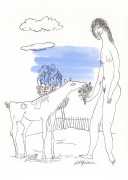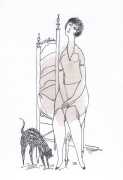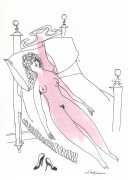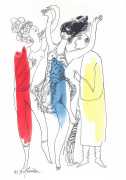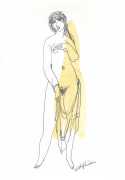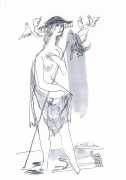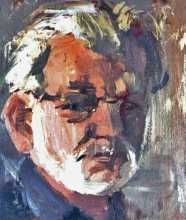 The Dutch painter Wilhelmus Johannes Maria (Willem) Hofhuizen was born in Amsterdam, but a few years later his parents moved to Roermond, where Willem spent his childhood at the Kapellerlaan. In 1931 he went to Nijmegen, then back to Amsterdam to study at the teachers’ training college and later at the State Academy for the Visual Arts, under Johannes Hendricus Jurres and Heinrich Campendonk. His fellow students at the Academy included Jaap Min and Karel Appel, and Jos Hagemeijer (1920–91), whom he would later marry and who was a talented artist in her own right.
The Dutch painter Wilhelmus Johannes Maria (Willem) Hofhuizen was born in Amsterdam, but a few years later his parents moved to Roermond, where Willem spent his childhood at the Kapellerlaan. In 1931 he went to Nijmegen, then back to Amsterdam to study at the teachers’ training college and later at the State Academy for the Visual Arts, under Johannes Hendricus Jurres and Heinrich Campendonk. His fellow students at the Academy included Jaap Min and Karel Appel, and Jos Hagemeijer (1920–91), whom he would later marry and who was a talented artist in her own right.
It was the Kapellerlaan and the nearby chapel in Roermond that had the most profound impact on Hofhuizen’s artistic development, for it was here that he developed his emotional bond with the Catholic Church and his sense of the monumental. He felt the urge to go the ‘Catholic south’, and in 1944, during the Second World War, he moved to the liberated city of Deurne, then in 1946 even further south to Maastricht, where he was to remain for the rest of his life. In Deurne his first son, Peter, was born. Later the Hofhuizens had a daughter, Josée, and another son, Domien.
Hofhuizen’s first Maastricht workshop was in an old mill in Pieterstraat, and when this was due to be demolished as part of a city redevelopment project, the municipality offered him space in the school for canal-boat children at the Lage Kanaaldijk. There he continued to work and – after the separation from his wife in 1956 – live, until his death. After his separation Tinie van Bragt, the wife of Tonnie van Bragt, professor at the Academy for the Visual Arts Jan van Eyck, cared for him for almost twenty years. Hofhuizen spent the last ten years of his life with his friend the painter Petran Vermeulen (1915–88).
A website dedicated to the life and work of Willem Hofhuizen, created by his son Domien, can be found here.
We are very grateful to our Russian friend Yuri for introducing us to the work of this artist, and for supplying most of the images.


